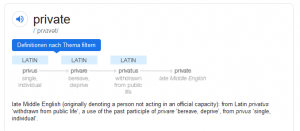In this article, we analyze newspaper articles and advertisements mentioning vaccination from 1915 to 1922 and refer to historical studies of vaccination practices and attitudes in the early 20th century in order to assess historical continuities and discontinuities in vaccination concern. In the Progressive Era period, there were a number of themes or features that resonated with contemporary issues and circumstances: 1) fears of vaccine contamination; 2) distrust of medical professionals; 3) resistance to compulsory vaccination; and 4) the local nature of vaccination concern. Such observations help scholars and practitioners understand vaccine skepticism as longstanding, locally situated, and linked to the sociocultural contexts in which vaccination occurs and is mandated for particular segments of the population. A rhetorical approach offers a way to understand how discourses are engaged and mobilized for particular purposes in historical contexts. Historically situating vaccine hesitancy and addressing its articulation with a particular rhetorical ecology offers scholars and practitioners a robust understanding of vaccination concerns that can, and should, influence current approaches to vaccination skepticism.
‘Poisonous, filthy, loathsome, damnable stuff’: the rhetorical ecology of vaccination concern
. (2014). ‘poisonous, filthy, loathsome, damnable stuff’: The rhetorical ecology of vaccination concern. Yale Journal of Biology and Medicine





